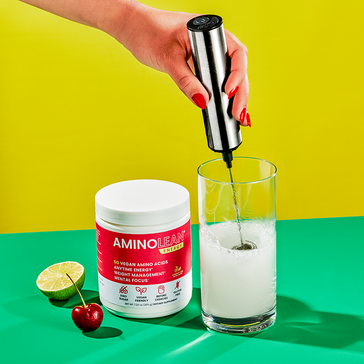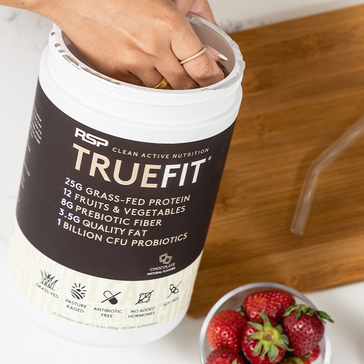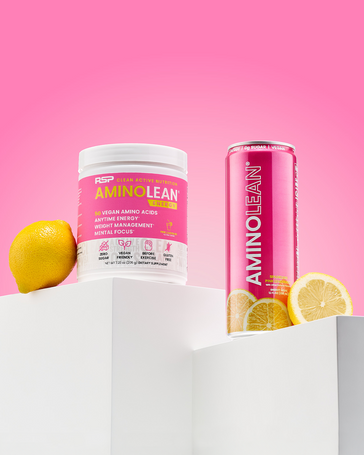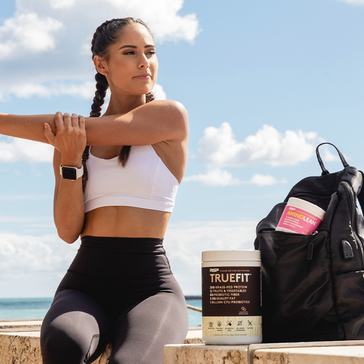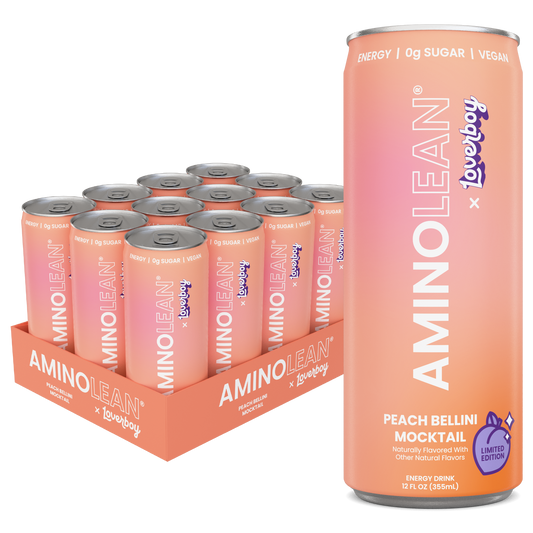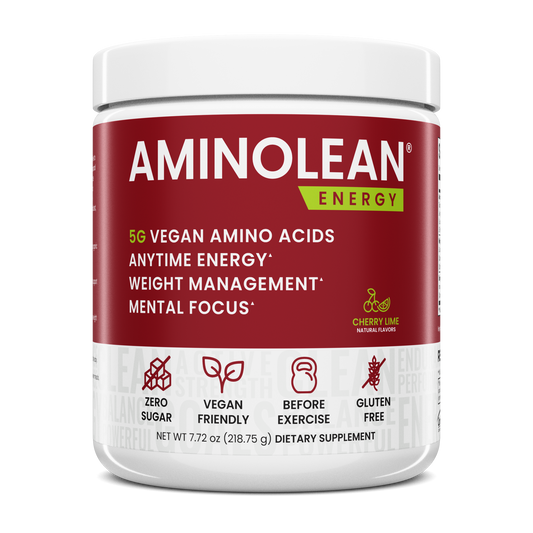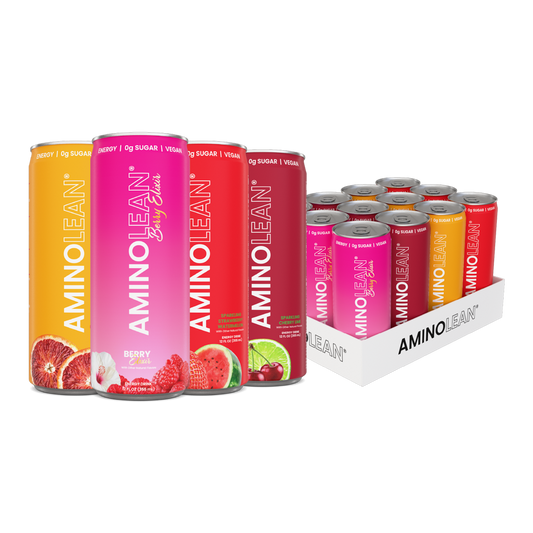by Physical Rehab specialist Dr. Brent Wells
There are so many voices in the exercise and fitness industry and most of them are giving contrary advice. As a result, it can be hard to know the best course of action when it comes to nutrition and recovery. Of course, the best post-workout nutrition will vary depending on the person’s goals, the type of workout, and any dietary restrictions in place.
That being said, there is growing evidence that there is a beneficial nutritional intake system that helps the body build muscle, burn fat, recover quickly, and maintain maximum energy. Read on to discover what the science says and what to know about workout recovery and nutrition.
What Happens to the Body During A Workout?
The short answer: a lot. But we’re not going to discuss it all. Instead, we’ll talk about what happens to your body in regards to nutrition and recovery.
Glycogen
When you exercise, your body calls on glycogen, which is essentially stored glucose. Glucose, of course, is what carbohydrates turn into when we ingest them. That sweet potato you ate last night? Some of it is stored in your muscles and liver as glycogen.
The body calls on that stored energy when you exert yourself because, among other functions, glycogen is essential for muscle contraction. However, there’s usually not enough glycogen to go around, so the body has to get more energy somewhere else. When you run out of glycogen and ATP (adenosine triphosphate), which is another source of energy, your body starts to make more ATP. But ATP requires lots of oxygen in your muscles, so your heart pumps blood faster. When your body doesn’t get enough oxygen to produce sufficient ATP, lactic acid is produced instead.
While many people mistakenly believe that lactic acid is what causes delayed onset muscle soreness (DOMS), this is not the case. But, a lactic acid buildup can cause other problems and prevent proper recovery, so it’s best to avoid it with a few nutritional tips.
Nutrition to Avoid Lactic Acid Buildup
Healthy eating in general can help you prevent a harmful buildup of lactic acid, but the food you eat before a workout may be the most important. Experts say that you should eat food rich in B vitamins, fatty acids, and magnesium. Some good choices include:
- Spinach, collard greens, navy beans, and sunflower seeds for magnesium.
- Eggs, fish, leafy greens, flax seeds, walnuts, and dairy products for vitamin B and fatty acids.
It’s also a good idea to stay hydrated and work out regularly to avoid lactic acid, increase your stamina, and stay healthy.
Now, let’s talk about eating after a workout to enhance recovery.
Replenishing Nutrients and the ‘Anabolic Window’
Also known as the ‘Metabolic Window’, the anabolic window refers to an approximately 30-minute window post strength training in which your body can best synthesize protein and carbs to recover quicker and build more muscle. While this isn’t a harmful belief, there’s little to no evidence that eating directly after a workout has any beneficial effect.
More important than when you eat is what and how much you eat. Again these exact numbers will vary depending on what your goals are, but the kinds of foods to eat for recovery are the same all across the board. As long as you’re getting enough carbs and protein in your diet, it doesn’t seem to matter when you eat them, just that you do regularly.
Of course, eating shortly after a workout has other, more apparent benefits— like keeping you from getting hangry. But, so far the science says you don’t have to rush to gulp down carbs or protein within a certain time after your workout.
In short, you want to eat nutrients that your body can make the most use of on a regular basis. As you can probably guess, these are whole foods. Here’s a list of workout recovery foods that will help you make the most out of your exercise sessions:
Whole Grains
- Brown Rice
- Oatmeal
- Quinoa
- Whole Wheat Bread
- Whole Wheat Based Pasta
Veggies
- Broccoli
- Sweet Potatoes
- Asparagus
- Green Beans
- Radishes
- Tomatoes
- Carrots
- Peas
- Avocados
Fruits
- Strawberries
- Blueberries
- Grapefruit
- Cherries
- Pears
- Peaches
- Kiwi
Unprocessed Meats and Protein
- Eggs
- Greek Yogurt
- Salmon
- Cottage Cheese
- Chicken
- Nuts
- Tuna
Of course, it’s not always that easy to get a whole-food meal when you’ve got places to be and things to do. While whole foods are best for workout recovery, sometimes you have to go for convenience in the form of a shake or a protein bar. In those instances, try for products with zero artificial ingredients that are actually good for you. RSP's TrueFit meal replacement powder has 25g of grass fed whey protein, 12 organic fruits and vegetables, prebiotic fiber, and probiotics. If you're vegan, try their TrueFit plant protein powder for a nutritious, vegan post workout shake.
Food is Not the Only Answer
With all this focus on food, we’d be remiss to skip over the importance of drinking enough water— and staying away from sugary drinks. In fact, water is just as important to health and workout recovery as healthy foods are. Proper hydration allows your blood to deliver those delicious nutrients to your muscles, where they work their magic.
Plus, hydration prevents muscle fatigue and cramps, which can make a simple workout excruciating. Many people think that rehydrating is best done with sugary sports drinks. Like everything else, they’re okay in moderation. They do contain electrolytes, which need to be replenished after a workout, but you can get them from other sources. If your workouts don’t consist of high-intensity activity for more than 60 minutes, you’ll be okay if you eat healthy food and drink plenty of water. That way you can skip all the sugar, too.
Eating to Recover From an Injury
If you’re fairly active, chances are you’ve pulled something in the gym at one time or another. The truth is that your diet can help you recover from an injury just as it can help you recover from a workout. In fact, many of the same methods apply: get plenty of protein, veggies, fiber, carbohydrates, and water.
Consider Help to Speed Recovery
While some injuries only require rest and proper nutrition to heal, others can be a little more stubborn. For many of us, a week or two away from the gym can get us all out of whack, not to mention the pain of having an injury. Common workout injuries are sometimes indicative of a larger problem that you may need to address with professional help. Chiropractors can not only help your body heal, but can assess the problem and even give you tips for a healthy life.
Shoulder injuries are perhaps one of the most common injuries people suffer— particularly those who lift weights or participate in CrossFit. Whether you’re suffering from an actual injury or simply a constant low-grade pain, chiropractic care can help heal your shoulder issues and get you back into the gym.
Workout Recovery and Nutrition: Conclusion
Eating right, exercising, and maintaining a healthy overall lifestyle are not the easiest things to do in this day and age. Don’t be afraid to seek a little help when you need it. Chiropractors, physical therapists, and even massage therapists can work wonders and help keep your body functioning as it should. Otherwise, eat for recovery, hydrate, and keep up the good work!
Resources:
https://www.ncbi.nlm.nih.gov/books/NBK553175/
https://www.healthline.com/health/how-to-get-rid-of-lactic-acid#prevention
https://www.ncbi.nlm.nih.gov/pmc/articles/PMC3577439/
https://www.healthline.com/health/food-nutrition/is-gatorade-bad-for-you#cons-of-gatorade
